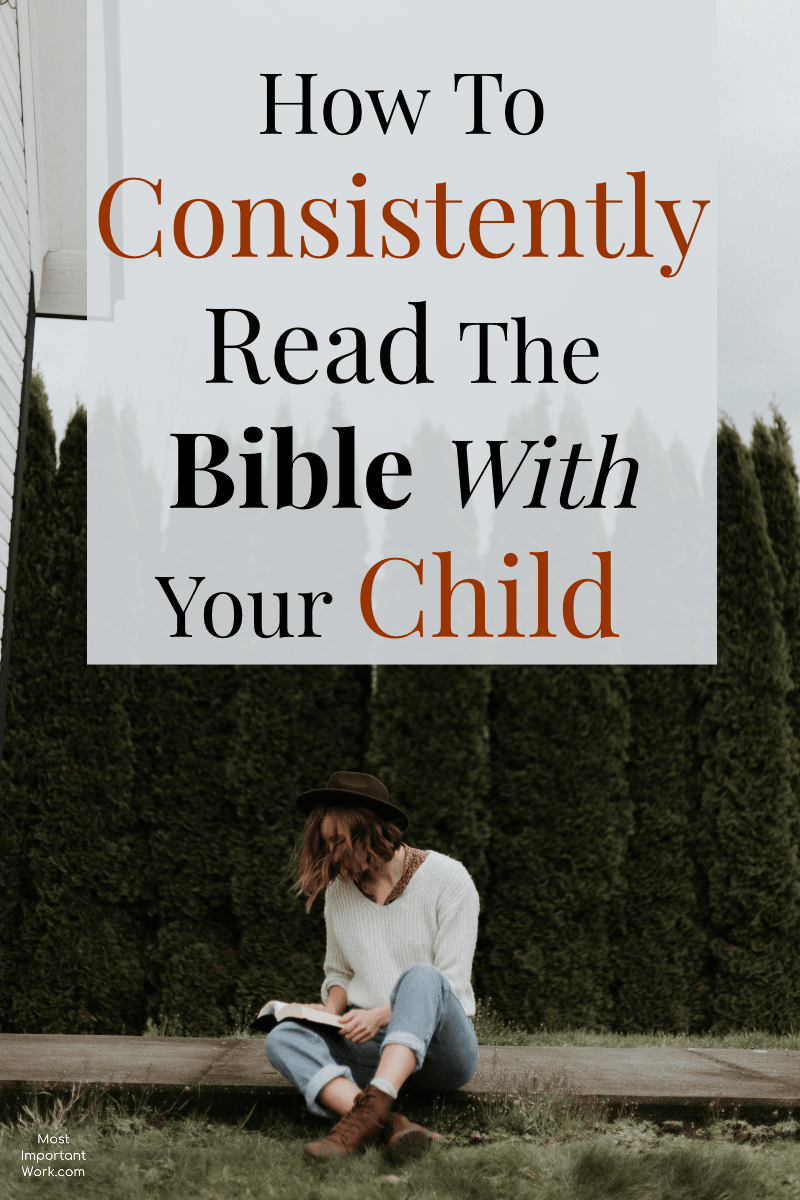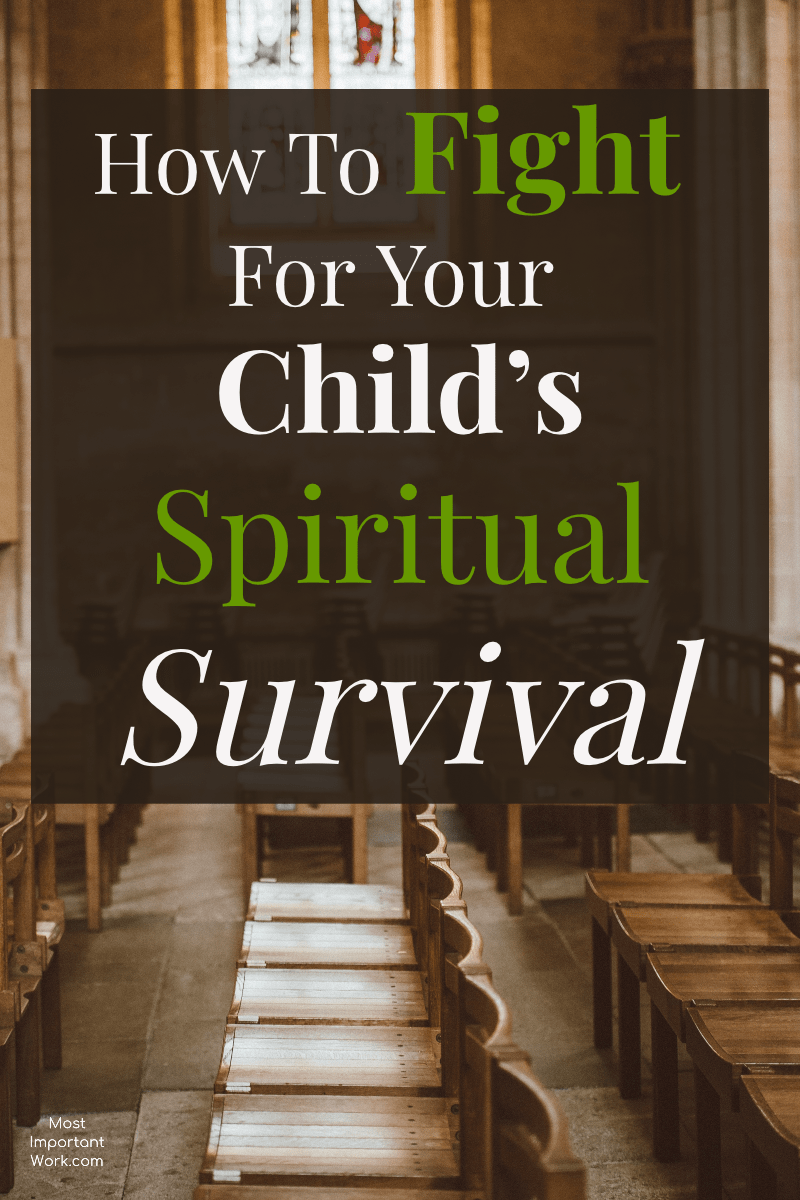
3 Lies Satan Wants Moms To Believe
Reading Time: 5 min 42 sec
Mom life can be tough. From the second we wake up in the morning, until the moment our heads hit the pillow, there can be a constant assault: of tasks, activities, questions, and concerns filling our thoughts. Did we take the dog outside? Is Junior hitting a growth spurt? What are we eating for dinner tomorrow?
We worry over our child’s health, our financial situation, our mounting to-dos, and our dreams for the future. We warn our children about spiritual attacks and pray protection over our families.
We live-in full-blown Mama Bear mode ready to protect our loved ones at any moment. In fact, we can be so focused on caring for the needs of others that we fail to recognize the web of lies that has invaded our lives.
Satan loves to prey upon our insecurities, fears, and need for control. These lies are insidious. They infiltrate every aspect of our lives, from the decisions we make, to how we relate to our spouse and parent our children.
So, what are the subconscious lies that we believe? Most often, they are the phrases that play in our heads at three am; or in our overreaction to a trivial issue. They mess with our feelings of control. If we do not stop and identify the lies we believe, we are doomed to repeat the same mistakes over and over.
Developing awareness and replacing the lies with God’s truth is a lifelong process. Here are three common lies that Satan likes to use to keep us from walking in freedom.
Mom Life: Lie #1- I Don’t Have The Time
Mom Life: Lie #2- I Have To Do It Myself
Mom Life : Lie #3- I Should Be Doing More

1. Mom Life: Lie #1-I Don’t Have The Time
How many times have we told ourselves, consciously, or unconsciously that we do not have the time? We do not have the time today: to take a walk, to spend time with Jesus, to go for coffee with a friend. There is this popular idea that a good parent equals a busy parent. We believe that to take care of our family, we are called to sacrifice our own health: spiritually, physically, and mentally.
This is a lie regarding our identity. We subconsciously believe that we are what we do. That our family will fall apart if we are not available 24/7. That our God-given role as a mom is who we are as a person.
Being a mother is not who we are; it is what we do. Yes, we are passionate about nurturing our families, but we are first, and foremost, followers of Jesus. We are, as author Larry Warner likes to say, “Forgiven by God, chosen by God, adopted by God, belonging to God, containing God and beloved by God.”
As followers of Jesus, we are actually commanded: to invest in our relationship with Jesus, to live in community with others, to take care of our bodies, and even to rest! All throughout the Bible, there are examples of how to live a sustainable lifestyle. At Creation, it says that God worked for six days, and on the seventh, he rested.
As moms, we are the model for how to live a healthy lifestyle for our children. When we intentionally spend time with Jesus, when we say no to all the things we could do, so we can invest in activities that truly matter, those decisions form how our children operate in life.
Do not buy into the lie that you are what you do. You are a beloved daughter of the king. Your relationship with God, the health of your body, mind, and spirit is vitally important. It cannot be regulated to the cracks in your schedule. Be intentional about scheduling time to invest in your health today.
2. Mom Life: Lie #2- I Have To Do It By Myself
As a culture, we celebrate the myth of Super Mom. This unattainable woman equally juggles raising a family with a demanding career. Her hair and makeup are flawless while her meals are organic and homemade. Her house is perfectly decorated. Her kids are beautifully dressed, and she is professionally successful in all of her endeavors.
The lie that we have to be a super mom; has been perpetuated throughout social media. Images of picture-perfect meals, activities, and vacations assault our attention on every platform.
We start to believe that if our lives do not look like an Instagram feed, that we must be doing something wrong. We struggle with feelings of inadequacy: discouragement, exhaustion, isolation, and loneliness. We subconsciously worry that if we showed our true colors that we would be rejected or judged.
God has a different plan in store for us. We are not supposed to wear ourselves out trying to compete with impossible (and fake) standards. He actually designed us to live in an authentic community with others. A life where we can depend on another. Where we do not have to act like we have all the answers to life.
It says in Hebrews 10:24-25, “And let us consider how we may spur one another on toward love and good deeds, not giving up meeting together, as some are in the habit of doing, but encouraging one another—and all the more as you see the Day approaching.”
We are called to be live in real authentic relationships with other Christians. Practically, this means participating in your local church small group, practicing hospitality, doing life together, caring, and praying for each other. We need to fight the lie that it is up to us to do and be everything by intentionally seeking community and not isolation.
3. Mom Life: Lie #3-I Should Be Doing More
This lie piggybacks off the last one. Have you ever felt like you were always behind? That no matter what you do, it is never enough?
The foundation of our culture is based on the qualities of hard work, achievement, and success. Those qualities aren’t bad until they are taken to the extreme. In the United States, we value burning the candle at both ends, which at its root, fosters a workaholic culture. We push ourselves to do more, believing the lie that more is the answer to life’s questions.

This attitude bleeds into every aspect of our lives: spiritually, professionally, and personally. We have bought the lie that our productivity determines our worth. This lie attacks our very identity.
Who am I outside of what I produce?
Are you trying to prove your worth by what you accomplish? Are you trying to earn God’s love and favor?
God invites us to a different type of life free from the rat race of performance.
Jesus says in Matthew 11:28-30, “Are you tired? Worn out? Burned out on religion? Come to me. Get away with me and you’ll recover your life. I’ll show you how to take a real rest. Walk with me and work with me—watch how I do it. Learn the unforced rhythms of grace. I won’t lay anything heavy or ill-fitting on you. Keep company with me and you’ll learn to live freely and lightly.”
As a follower of Jesus, you don’t have to prove your worth to God. You can take a huge breath of relief, resting in the fact that you are beloved by God, regardless of what you do.
Spend some time in prayer, asking the Holy Spirit to reveal any area where you are trying to prove your worth through productivity. Ask God to replace those lies with the truth of his word.
We need each other to recognize the lies in our lives. We were designed to live together in community. We need to have a strong support structure of like-minded people around us.
We can find community through our extended family, friends, and our local church. Be intentional about investing in close relationships with other women. Join our community of moms (below), who are serious about pursuing a deep relationship with Jesus. We are truly stronger together.
If you want to know how to get started in living a deep life with God: grab our Deeper Life Beginners Guide (below). And join our community of moms who are hungry for more Jesus in their lives and in their families.
What about you? What is your #1 issue when it comes to recognizing the lies in your life? Leave a comment, and don’t forget to follow Most Important Work on Pinterest!












